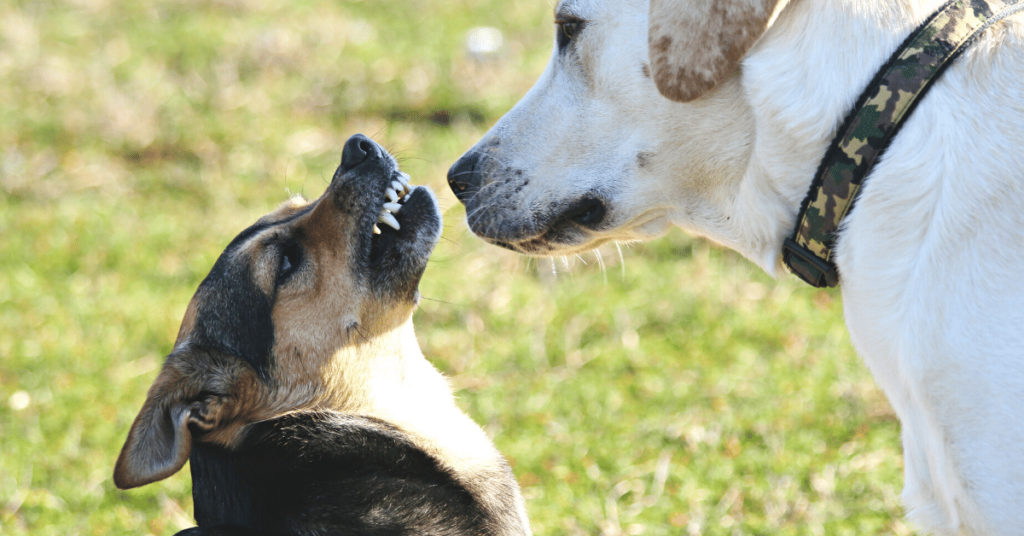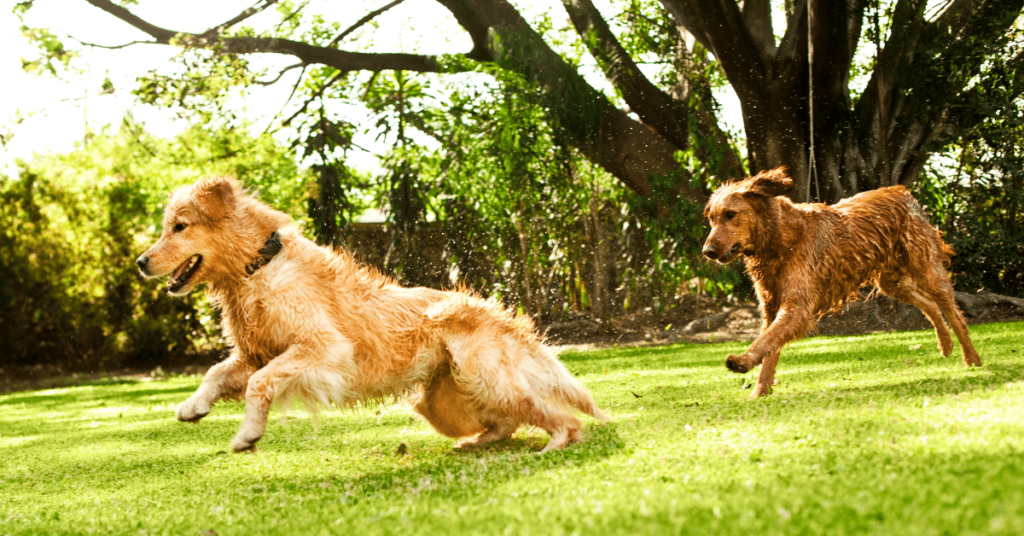Dogs are known as man’s best friend for a reason. They provide us with companionship, loyalty, and unconditional love. But to truly appreciate and enjoy our relationship with these amazing animals, it’s essential to understand their behavior, especially their body language. By decoding canine body language, we can communicate better with our furry friends, prevent potential issues, and ensure a happy and harmonious life together.
Why is Understanding Dog Behavior Important?
Imagine a world where you couldn’t speak the same language as your closest friend. How would you know when they’re happy, sad, or anxious? The same applies to our canine companions. Dogs primarily communicate through their body language, and understanding it is crucial for several reasons:
- Building Trust: When you can interpret a dog’s body language accurately, you establish trust. Dogs will feel more comfortable around you, enhancing your bond.
- Preventing Aggression: Misinterpreting a dog’s signals can lead to aggressive behavior. Understanding their cues can help prevent conflicts and keep everyone safe.
- Addressing Health Issues: Dogs often use body language to indicate pain or discomfort. Recognizing these signs can prompt you to seek medical attention promptly.
- Enhancing Training: Effective dog training relies on clear communication. By understanding their body language, you can give commands more effectively and encourage desired behaviors.
Now, let’s delve into the world of canine body language and discover how dogs express themselves.
Key Elements of Canine Body Language
1. Tail Wagging
Tail wagging is perhaps the most well-known dog behavior, but it’s essential to note that not all tail wags are created equal. The position and speed of the wag can convey various emotions:
- Fast Wagging: Typically indicates excitement or happiness.
- Slow Wagging: Suggests uncertainty or caution.
- Low Wagging: Often signifies submission or fear.
- High Wagging: Indicates confidence or assertiveness.
However, it’s crucial to consider the entire context, including other body language signals, to accurately interpret what the dog is feeling.
2. Ears
A dog’s ears are incredibly expressive and can give us valuable insights into their emotional state:
- Forward Ears: Suggest alertness or curiosity.
- Backward Ears: Often signify fear or submission.
- Flat Against the Head: Usually indicate aggression or extreme fear.
- Slight Twitching: Could indicate irritation or discomfort.
3. Eyes
A dog’s eyes can reveal a lot about their mood and intentions:
- Relaxed and Blinking: Indicates comfort and trust.
- Dilated Pupils: Suggest excitement or fear.
- Direct Eye Contact: Can be a sign of dominance or aggression.
- Avoiding Eye Contact: Indicates submission or anxiety.
4. Posture
A dog’s overall posture can communicate a great deal:
- Relaxed Stance: Suggests a calm and contented state.
- Stiffened Body: Often indicates alertness or discomfort.
- Tense Muscles: Could signify fear or aggression.
- Rolling Over: Usually a sign of submission and trust.
5. Lips and Mouth
A dog’s mouth and lips also provide valuable cues:
- Relaxed Mouth: Suggests contentment.
- Lip Licking: Often indicates anxiety or discomfort.
- Baring Teeth: A clear sign of aggression or fear.
- Yawning: Can be a sign of stress or exhaustion.
6. Growling and Barking
Vocalizations are another essential part of canine communication:
- Growling: Indicates discomfort, fear, or aggression.
- Barking: Can signify various emotions, depending on the tone and context. A high-pitched bark may indicate excitement, while a low, continuous bark may suggest irritation or fear.
Reading the Whole Picture
It’s important to remember that a dog’s body language should be read as a whole, rather than in isolation. For example, a dog with a wagging tail might not be friendly if their ears are pinned back and their body is stiff. Here are a few examples of how different combinations of body language can tell you about a dog’s emotional state:
- Relaxed and Playful: Loose body, wagging tail, and an open mouth indicate a happy and friendly dog.
- Tense and Aggressive: Raised hackles, bared teeth, and a growling voice all suggest a dog that’s ready to defend itself.
- Fearful and Submissive: Cowering, avoiding eye contact, and tucked tail indicate a dog that’s afraid and looking to avoid confrontation.
Common Misconceptions
While understanding canine body language is crucial, there are also some common misconceptions that can lead to misunderstandings. Here are a few:
1. Tail Wagging Always Means a Happy Dog
As mentioned earlier, tail wagging can convey various emotions. It’s essential to look at the context and the rest of the dog’s body language to determine its mood accurately.
2. A Growling Dog is Always Aggressive
Growling is a dog’s way of communicating discomfort or fear. It doesn’t necessarily mean the dog is aggressive. It’s crucial to assess the entire situation and body language to understand the dog’s intentions.
3. A Wagging Tail Means It’s Safe to Approach
Approaching a dog solely based on a wagging tail can be risky. Always consider the overall body language and seek the owner’s permission before interacting with a dog you don’t know.
Applying Your Knowledge
Now that you have a better understanding of canine body language, you can use this knowledge to improve your interactions with dogs. Here are some practical tips:
- Approach with Caution: When meeting a new dog, approach slowly and allow the dog to initiate contact if they feel comfortable.
- Observe from a Distance: If a dog is exhibiting signs of fear or aggression, avoid approaching them and give them space.
- Respect Boundaries: If a dog is showing signs of discomfort, such as lip licking or yawning, respect their space and avoid pushing them into situations that make them uncomfortable.
- Training: Use positive reinforcement and clear commands to communicate with your dog effectively. Pay attention to their body language during training to ensure they are comfortable and engaged.
- Consult a Professional: If you’re unsure about a dog’s behavior or have concerns about aggression, consult a professional dog trainer or behaviorist for guidance.
Conclusion
Understanding canine body language is an invaluable skill for any dog owner or enthusiast. It allows us to connect with our furry friends on a deeper level, prevent potential conflicts, and ensure their well-being. Remember that dogs communicate primarily through their body language, and by decoding their signals accurately, we can build trust, prevent misunderstandings, and enjoy a harmonious relationship with these incredible animals. So, the next time you interact with a dog, pay attention to their tail, ears, eyes, posture, and vocalizations to truly understand what they’re trying to tell you. Your four-legged friend will appreciate it, and you’ll both benefit from a stronger, happier bond.







